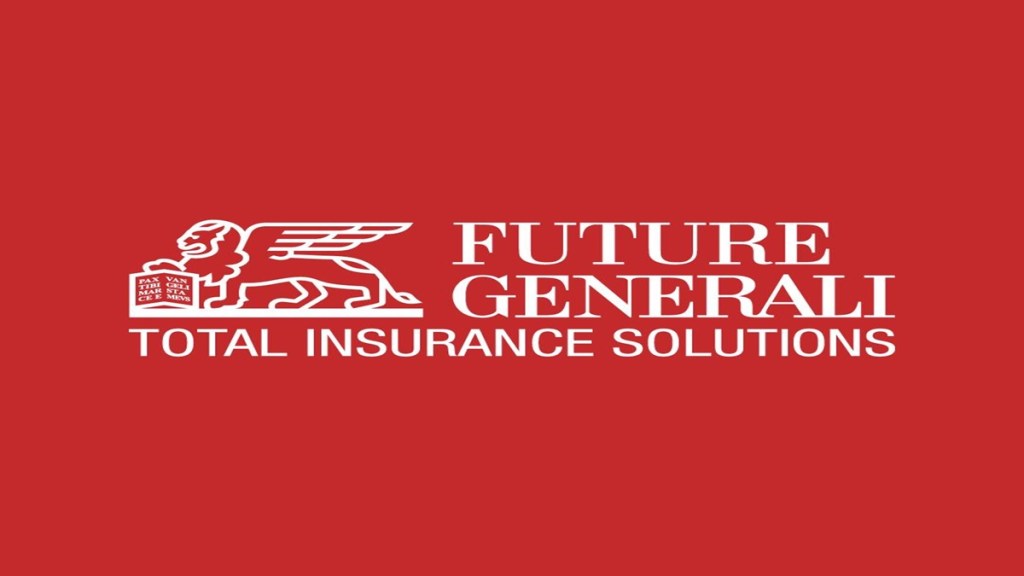Anup Rau, managing director and CEO, Future Generali India Insurance Company, tells FE how recent regulatory changes are boosting insurance penetration in smaller towns, the challenges of declining motor insurance growth and the need to deregulate third-party motor insurance. Excerpts:
How do you view the recent regulatory changes?
The regulator is focused more on making insurance affordable and accessible. The recent regulations are designed to impact these two areas. For instance, each insurer is assigned a state, and we are required to cover a specific number of gram panchayats in that state — in our case, it’s Sikkim. Another example is the introduction of ‘Bima Vistaar’, a product that combines multiple features from both life and non-life segments.
In a push to reduce the compliance burden on insurers, number of laws has been reduced, and operational processes like product filing, approval and turnaround times have improved significantly. The regulator understands that for the industry to grow, there needs to be a framework that allows insurers to respond swiftly to market changes.
What benefits do these changes offer to consumers?
There is a focus on ensuring that consumers receive a fair deal. Initiatives like the National Claims Exchange, Cashless Everywhere and efforts to tackle insurance fraud are all aimed at benefiting customers. The push for panchayat-level penetration is another great user-centric move. Even in large states, insurers often don’t cover all districts, but it is changing now. For example, we weren’t present in Sikkim until it was assigned to us, and now we have sold over 10,000 policies there.
What are your premium growth plans for FY25 and the likely portfolio mix?
We closed last year with a gross written premium (GWP) of Rs 5,000 crore. This year, we expect to reach over Rs 6,000 crore. About 50-60% of our business is retail, of this two-thirds being motor insurance and one-third non-motor. While motor insurance will remain our largest segment, we anticipate our health portfolio to grow by over 50-60% this year.
But hasn’t motor insurance growth slowed at the industry level?
It’s not that motor insurance isn’t growing. However, the growth may not be evident in the number of vehicles insured or policies sold because premiums have remained stagnant or, in many cases, even decreased for customers. Health, on the other hand, has seen faster growth, especially post-Covid. People now recognise the importance of health coverage, and employers are taking it more seriously, with much of the growth driven by group health policies.
Is the lack of price revision in motor third-party insurance impacting the industry’s growth?
I believe there is a significant issue with motor third-party (TP) pricing. It has been over four years since the last rate increase. While claims were artificially low during 2020 and 2021 due to fewer vehicles on the road during Covid, they have more than caught up now. A large segment of vehicles remains uninsured, and in certain geographies and segments, loss ratios are as high as 150-200%, making it unfeasible to cover those risks. It’s time to revisit the pricing, as customers will ultimately suffer due to the lack of third-party insurance penetration.
In all other segments of insurance, market forces have led to competitive pricing that benefits customers. I believe some transporters and fleet operators fear that price deregulation might worsen deals for them, but that’s really not true. It’s not an oligopoly or duopoly; with over 25 general insurers in the market, better price discovery will ensure fairness for all stakeholders.
How is your non-motor business performing?
Historically, crop insurance contributed 20-25% of our topline, but we have slowed down due to significantly softened rates, making it difficult to write business. Crop insurance will now account for about 7% of our total business. Travel insurance, on the other hand, is a major growth area for us, with a lot of direct business coming in. We also have other lines of business, such as fire and marine insurance.


